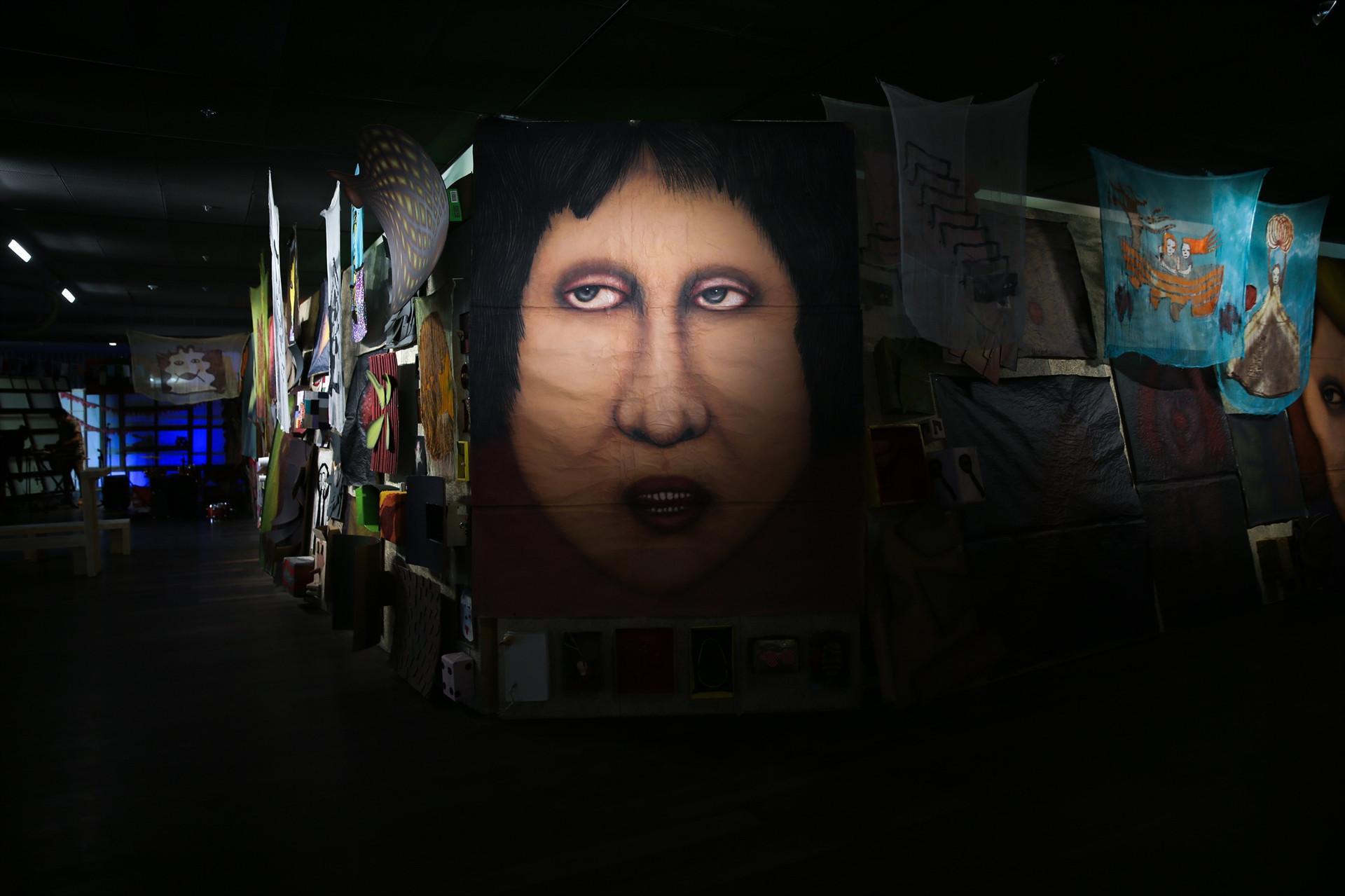
The 16th Istanbul Biennial – a contemporary art exhibit held every two years since 1987 – opens on Sept. 10 with the title, “The Seventh Continent.”
Organized by the Istanbul Foundation for Culture and Arts (İKSV) and sponsored by Koç Holding, the exhibit focuses on anthropology, philosophy, archaeology, geography and environmental problems in the world. While bringing together different sciences, the theme also lets the artists to position themselves as scientists.
There are more than 220 artworks by 56 artists and artist collectives. Each artwork helps the viewer to discover a new “territory” of the “seventh continent.” The exhibition takes place in three main locations: Mimar Sinan Fine Arts University Istanbul Museum of Painting and Sculpture, Pera Museum and Büyükada Island.
A press conference was held on Sept. 10 at the Mimar Sinan Fine Arts University. İKSV Chairman Bülent Eczacıbaşı said the biennial helps to raise awareness in society by highlighting contemporary world problems.
Speaking during the press conference, Koç Holding Chairman Ömer M. Koç, said, “Seventh Continent” is “the name given by the scientific community to the massive accumulation of waste floating in our oceans.
“This mass of plastic in the middle of the Pacific Ocean formed of man-made waste covers an expanse larger than 3 million square kilometers in size. There is probably no better tool than art to describe the threat to our future caused by the great harm humanity has inflicted with its own hand on our world, our only source of life.”
Curator Nicolas Bourriaud takes his approach from anthropology and cited anthropologist Tim Gold’s quote, “Anthropology is philosophy with the people in.”
Bourriaud seeks to give the viewer a new approach to discovering the world as he lets the artists interpret how Anthropocene (or, rather, Capitalocene - the name of the new geological era we are entering into, characterized by the impact of human activities upon the planet), affect our living.
Artists document the landscape of “anthropocene,” rediscovering ancient forces or knowledge, proposing alternative versions of history and exploring our contemporary societies. The exhibition aims to understand how the anthropocene has modified our levels of perception and the way artists develop meanings.
Speaking at the press conference Bourriaud said: “This is a post cultural exhibition with nature and culture and artists are the new generation scientists.”
Artists observe the effects of anthropocene in four categories: documenting anthropology, how ancient forces help us more sustainable life, digging into past with fictional archeology and molecular anthropology. Bourriaud also said, he sees art as state of encounter. This time artists encounter with a new continent and they guide us how life can be sustainable in this new continent.
Meanwhile, the viewer sees new ways of living with artworks; it is possible to say the exhibition opens new ways of understanding in anthropology. Sometimes, we see tribes; sometimes, soldiers from the future. In many cases, artists discover a new territory, ancient tribes or future solutions and how the new ways of living open a new awareness in life.
Artist collective Feral Atlas shows how anthropocene has affected living organisms on different continents. Meanwhile, artist Elmas Deniz demonstrates how the rivers changed in the small town she lived during her childhood. Hale Tenger, on the other hand, tells us how trees have for lived ages alongside humankind.
Admission to Istanbul Biennial is free of charge until Nov. 10.